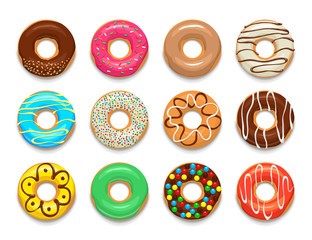Arrays are a fundamental concept in mathematics, providing a visual and structured way to understand multiplication, division, and other mathematical operations. This guide explores effective strategies for teaching arrays, incorporating real-world examples, engaging activities, and helpful resources.
Connecting Arrays to Real-World Scenarios
One of the most impactful ways to introduce arrays is by connecting them to familiar, real-world objects. Assigning homework that encourages students to identify arrays in their environment can be a powerful learning experience. Instead of purchasing new items, students can explore their homes and surroundings for examples like egg cartons, muffin tins, bubble wrap, or even tile patterns.
By bringing these objects into the classroom, students can physically demonstrate the repeated addition and corresponding multiplication sentence that the array represents. This hands-on approach solidifies their understanding of how math is integrated into everyday life.
Using Food to Make Math Engaging
Incorporating edible elements into math lessons can significantly boost student engagement. Using cereal, mini marshmallows, small cookies, or candies like Skittles or M&Ms allows students to create arrays and visualize multiplication in a tangible way.
Using white board pockets helps keep things organized and reusable. Students can arrange the food items to form arrays, then use dry-erase markers to write the corresponding multiplication sentences and products.
Classroom Management Tip: Provide a small handful of the chosen treat for immediate consumption before starting the activity. This minimizes distractions caused by hunger and helps students focus on the task at hand. Explain that they can enjoy the rest of their treats after the activity.
Leveraging Educational Videos
Educational videos can be valuable tools for introducing or reinforcing the concept of arrays. BrainPOP Jr. offers an engaging video on arrays that can serve as an excellent lesson opener. The video is accompanied by activities, quizzes, and games, offering a comprehensive learning experience.
Even if a substitute teacher is covering the class, students can watch the video, complete the activity, and take the quiz independently. Additionally, consider showing videos that demonstrate the relationship between repeated addition and arrays.
Array Worksheets and Activities
Worksheets and activities provide structured practice for mastering arrays. Worksheets can include a variety of exercises such as filling in missing numbers, coloring arrays based on given equations, or cut-and-paste activities to create arrays. Interactive notebook pages and games can also be incorporated to make learning more engaging.
These resources can be used in various settings, including math centers or stations, early finisher activities, homework assignments, seat work, or even morning work.
By utilizing real-world connections, engaging food-based activities, educational videos, and comprehensive worksheets, educators can create a dynamic and effective learning environment for students to grasp the concept of arrays and their applications in mathematics.
